The Galaxy A51 has big shoes to fill. It takes the baton from the Galaxy A50, one of the most successful smartphones that Samsung released in 2019. Samsung revamped the entire Galaxy A series last year to become more competitive in the mid-range segment of the market. To that end, it launched a plethora of new devices, including multiple variants several months apart.
That strategy appears to have worked for Samsung and the company is planning to continue it in 2020. It’s kicking things off with the Galaxy A51, one of its most highly anticipated budget handsets of the year. The new handset also carries the Galaxy A50’s tradition of being the first to introduce new features to the budget lineup. The Galaxy A50 brought the optical fingerprint sensor, the Galaxy A51 introduces the macro camera to Samsung’s smartphones.
There’s a lot to dissect here so let’s get right to it. How does the Galaxy A51 stack up against its predecessor, and more importantly, where does it stand on its own merits? Is it worthy of your money? Our Galaxy A51 review will answer these questions for you.
Galaxy A51 design
It’s quite easy to tell the Galaxy A51 apart from its predecessor. Unlike the Galaxy A50 which had an Infinity-U notched display, the Galaxy A51 has an Infinity-O display. The centered punch hole for the front camera allows for a slimmer top bezel. It’s made from the same “glasstic” material as previous Galaxy A devices. It doesn’t feel cheap or obviously plasticky and it’s not slippery either. The subtle curves at the back allow for a comfortable grip during prolonged use.
The new L-shaped camera setup dominates the back, which is adorned by a prism-like crisscross pattern. It’s much more subtle than a gradient finish and the light plays off of it beautifully. Full marks to Samsung for making it so easy on the eyes. The 3.5mm headphone jack, USB Type-C port and speaker are all positioned at the bottom. Given its position, you’ll often find yourself inadvertently covering the speaker grille with your finger when playing a game or watching a video in landscape mode. It’s a slight inconvenience at first but you’ll get used to placing your finger appropriately in time.
All of the physical buttons – and there are only three of them – are placed on the right side of the frame, like they were on its predecessor. By default, if you press and hold the power button when the phone is on, it will launch Bixby. You can change it to bring up the power off menu in the Advanced features area in the Settings app. That’s also where you can configure which app you want to launch by double-pressing the power key.
Overall, the Galaxy A51 feels really well built, like it can withstand being your daily driver for a couple of years without breaking a sweat. We’ve seen all of the four colors that it’s offered in and you’ll definitely be spoiled for choice because they all look gorgeous.
Galaxy A51 display
The Galaxy A51 comes with a 6.5-inch Infinity-O Super AMOLED Full HD+ display, with 1080×2400 pixel resolution and 20:9 aspect ratio. It’s marginally taller than the Galaxy A50’s 6.4-inch panel. The bezels are a bit slimmer than its predecessor but there’s no edge-to-edge action happening here. It’s a flat panel that actually feels like a refreshing break if you’ve been using curved displays for a long time. A screen protector comes pre-installed.
Samsung pumps out exceptional OLED displays without breaking a sweat. This obviously isn’t a flagship-quality panel but you’d be hard-pressed to find a competing device with some other supplier’s OLED display that can claim to be better. It gets nice and bright with excellent viewing angles, deep blacks and rich colors.
The punch hole for the front camera is less obtrusive than the Infinity-U notch so it’s really not going to bother you. One improvement we felt that Samsung should make with the Galaxy A50’s successor was to make the chin below the display smaller. It has done just that for the Galaxy A51.
An in-display optical fingerprint sensor is also present. We had highlighted in our Galaxy A50 review that its performance was less than ideal. It’s much better on the Galaxy A51. It doesn’t struggle nearly as much as it did on its predecessor. I tried extensively, placing my finger on the sensor at an angle, just placing it dead center when the screen was off, and just lightly tapping it. The fingerprint sensor works as it should for the most part.
There’s a noticeable improvement in the sensor’s ability to recognize the fingerprint. That being said, it’s not as fast as a physical fingerprint sensor; not even the high-end ultrasonic sensors can match those. There’s a good 1/1.5 second lag between the time you place your finger on the sensor and the phone actually unlocking. That’s just how it is for these in-display sensors. You’ll be cautioned to not use a screen cover when registering fingerprints so that any false-positive fiasco can be avoided.
Galaxy A51 camera
This is where the Galaxy A51 really comes into its own element. The camera setup is the biggest selling point of this smartphone and Samsung is offering an interesting mix. The Galaxy A51 has a 48-megapixel f/2.0 primary and a 12-megapixel ultra-wide f/2.2 camera that has a 123-degree field of view. It retains the 5-megapixel f/2.2 depth camera of its predecessor. The Galaxy A51 also has the distinction of being Samsung’s first smartphone to feature a 5-megapixel f/2.4 macro camera.
The main camera doesn’t actually output 48MP photos. It uses pixel binning technology to output 12MP photos. Without going into too many technical details, pixel binning allows for more accurately exposed and detailed images as it combines 4 pixels into 1 superpixel. This superpixel contains four times the amount of data compared to a single pixel in a 48MP image.
The resulting images are nice and sharp with great color reproduction. Low-light performance is certainly better than it was on the Galaxy A50. It doesn’t tend to overexpose shots as much under artificial lighting. The Galaxy A51’s primary camera is more than capable of getting the job done when the lighting isn’t that great. It also allows for 8x digital zoom but the image will just get progressively worse with each increment.
The ultra-wide camera was a big talking point for Samsung smartphones last year, particularly when the company brought it over to mid-range and affordable budget devices. The 12-megapixel camera on the Galaxy A51 has a higher megapixel count compared to the ultra-wide cameras on recent mid-range smartphones. The increase in resolution does make a slight difference as the camera is able to capture more detail and the images turn out sharper, but it’s going to be imperceptible to those who have used the 8-megapixel ultra-wide on the Galaxy A50. It does struggle a bit in the dark compared to the primary camera, which is largely due to its f/2.2 aperture.










It’s the 5-megapixel macro camera that most people will be interested in. That’s really what’s “new” with this device. For those who are unaware, a macro camera allows you to take incredibly detailed close-up photos of a small subject as they can focus closer to the subject compared to conventional lenses. This lets you fill the frame with the subject and thus capture more detail. Despite its 5-megapixel resolution, the macro camera is capable of taking some good close-up shots.
Keep in mind that you’ll need to get much closer to the subject than you think in order to get it into focus. The phone recommends that you should hold the camera 3-5 cm away from the subject. However, you should have incredibly stable hands, because the lack of optical image stabilization means that even the slightest of movement will result in blurry shots.
As you can see in the samples below, the camera is quite capable of capturing the flaky, buttery texture of a croissant in an indoors, low-light environment. The same goes for closeups of other small items. You can really get some great shots with it outdoors, so if you’re a nature buff who loves taking closeup photos of flowers, the Galaxy A51 is the phone for you. It’s not possible to record videos using the macro camera, though.
Is the macro camera really useful? That depends on how you normally use your smartphone’s camera for photography. Macro is no replacement for a telephoto lens and the latter would prove to be much more useful in a wider variety of situations. Samsung had cost considerations with the Galaxy A51, which is why it opted for the macro instead. Its usefulness is limited in that it can only take really closeup shots. The macro camera isn’t even that great for photographing your food since most people want to capture the whole aesthetic, not a specific part of whatever’s on their plate. It’s not going to be something that you’ll use more than a couple of times unless super closeups are your thing. Even a cursory glance at social media shows that it’s not for most people.




What doesn’t make sense is why the Macro camera mode isn’t visible in the camera UI by default. You have to hit More to access the full list of camera modes in order to drag it out from there. It’s an unnecessary step for a marquee feature of this device. A 5-megapixel depth sensor completes the Galaxy A51’s quad camera setup. Several Samsung smartphones have this sensor already, it’s the one that allows for Live Focus or bokeh pictures. It works as intended, producing reasonable background blur and providing decent separation between the background and the subject.
The Galaxy A51 has got your selfie needs covered with its 32-megapixel f/2.2 front camera. A light ring glows around the Infinity-O punch hole when you switch to the front camera. Selfies come out nice and sharp, even if a bit overexposed, but that’s probably by design. Both the front and rear cameras are capable of recording 4K UHD video.
It’s possible to create an AR Doodle in your videos. The feature works in the same way that it does on the Galaxy Note 10. You can either doodle on someone’s face or anywhere in the frame, and the camera will remember that position in space and show the doodle whenever it’s panned to that position. This is a neat little addition to Samsung’s mid-range lineup. The other camera modes include Panorama, Food, Pro, Night, Super Slow-Mo, Slow Motion and Hyperlapse. AR Emoji and Bixby Vision are present as well.
Galaxy A51 software
The Galaxy A51 is a unique device as it a break from tradition for Samsung. The company’s Galaxy S flagships previously used to be the first devices to come with the latest Android OS version out of the box. Samsung didn’t wait for the Galaxy S20 this time around. The Galaxy A51 is its first smartphone to ship with Android 10 and One UI 2.0, coming out before this year’s Galaxy S flagship. It’s covered for the next two Android platform updates.
One UI 2.0 feels more natural and visually comfortable than previous iterations. Samsung made a lot of improvements to the software and the Galaxy A51 obviously benefits from them. It does miss out on the built-in screen recorder that Samsung has included in One UI 2.0 for some devices as well as the ability to take slow motion selfie videos. Bixby Routines and Edge screen are both present, in addition to App Pairs. Android 10 itself brings many new features such as more granular privacy and location tools, Focus mode, enhanced parental controls, and Google’s navigation gestures.



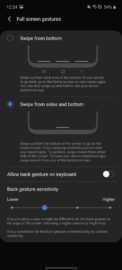

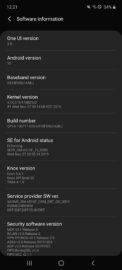


Bixby Voice is onboard as well. There’s really nothing to say about it other than the fact that it exists on this device. It doesn’t do anything out of the ordinary and you probably won’t be using it much anyway. There’s also a whole smattering of other features like a system-wide Night mode, Dual Messenger, Game Launcher, Secure Folder, Always On Display, Blue light filter, Link to Windows, Scan QR code and more.
Galaxy A51 performance
The Galaxy A51 is powered by Samsung’s Exynos 9611 processor, the very same chip inside the Galaxy A50s. It’s simply a higher-clocked version of the Galaxy A50’s Exynos 9610. Don’t be confused, what this simply means for you is that the Galaxy A51’s performance is marginally better than its predecessor.
It’s an adequate setup, coupled with 6GB RAM on the variant we tested. The Galaxy A51 packs enough punch to handle whatever you can reasonably throw at a smartphone in this segment. Given that it has four 2.3GHz Cortex-A73 cores to do the heavy lifting, the Galaxy A51 will be able to support your PUBG habit at the highest graphics setting without breaking a sweat.
There are plenty of reminders about this being a mid-range device, though. There’s some lag and the odd stutter even on our 6GB variant; in some markets Samsung will offer 4GB RAM on the base model, on which the lag and stutter might be even more noticeable. This didn’t really come as a surprise as we’re quite used to seeing this on Samsung’s mid-range smartphones. It just comes with the territory. Its performance is not disappointing by any stretch of the imagination, just as long as you have the right expectations from it.
Galaxy A51 audio and call quality
I wasn’t that impressed by the Galaxy A51’s single bottom-firing speaker. The audio sounds flat and there really isn’t any oomph (bass) to it. It’s actually quite similar to its predecessor and I think this was a missed opportunity and Samsung should have improved the speaker. Your standard Samsung wired earphones come in the box, they’re nothing out of the ordinary. The handset has Dolby Atmos support for both wired and Bluetooth audio which does help improve the audio experience a bit. I faced no network reception issues on the Galaxy A51 so it’s pretty solid in this department. The call audio is generally loud and crisp so it ticks all the right boxes.
Galaxy A51 battery life
The Galaxy A51 has the same 4,000mAh battery with 15W fast wired charging as the Galaxy A50. It’s a pretty chunky battery, one that’s easily going to get you through the day with substantial usage. If your usage isn’t as intense, the battery can easily last you just under two days, particularly if you have just one SIM in the phone.
I wish Samsung had enabled 25W fast wired charging on the device. It would have made sense for the Galaxy A51 to get that upgrade. Then again, the company does have to maintain some differences between the Galaxy A series models. That’s likely one of the reasons why the Galaxy A51 sticks with 15W. Expect the battery to charge completely from 0-100 percent in around two hours.
Galaxy A51 verdict
One of the biggest reasons why the Galaxy A50 turned out to be such a roaring success is not that it was exceptional in every way, it’s that the device offered great value for money for the asking price. Samsung’s only job with the Galaxy A51 was to preserve that legacy and build on it.
In my opinion, Samsung has been able to do that very well. You’re getting a lot for ~$350. A faultless AMOLED display, cameras better than what you’d find on the competition, and solid build quality with a striking finish. Add to that the fact that it ships with the latest version of Android, and customers will sit up and take notice. Even if you own the Galaxy A50, the camera improvements alone might make you want to consider the upgrade.
That being said, the macro camera is a very niche thing. It’s not something that most users will actively be using, and I feel only those who truly feel the need for it would think about upgrading from its predecessor. The Galaxy A51 doesn’t face competition from within the Samsung family like the Galaxy A50 did when it arrived (the Galaxy A71 won’t be coming out for at least a month). In markets like India, customers who wanted a slightly less capable device at a relative bargain could skip the Galaxy A50 in favor of the Galaxy M20 and the M30 which were new at that time last year.
But Samsung has timed the Galaxy A51 launch just right. There’s little competition for it from within the family and at its $350 price tag, it’s a pretty compelling option for customers looking to buy a new mid-range smartphone, regardless of how they feel about the macro camera.
No device will ever be perfect, and there’s always going to be room for improvement. I would have loved to see a beefier processor, faster charging for the battery, a better loudspeaker, and even a telephoto camera. But these devices have to exist within their own realities and to that extent, the Galaxy A51 is quite possibly one of the best smartphones in its category.
| Pros | Cons |
| Solid build, great finish | Limited usability for the macro camera |
| Android 10 and One UI 2.0 pre-installed | No increase in battery size or charging speeds over Galaxy A50 |
| Excellent Infinity-O AMOLED display | Some One UI 2.0 features missing |
| Improved primary and ultra-wide cameras | Some stutter and lag here and there |
| 3.5mm headphone jack | Speaker could have been better |
| Can handle high-end games like PUBG well | |
The post Samsung Galaxy A51 review: Perfect in its own reality appeared first on SamMobile.
from SamMobile https://ift.tt/37a5vnn
via IFTTT


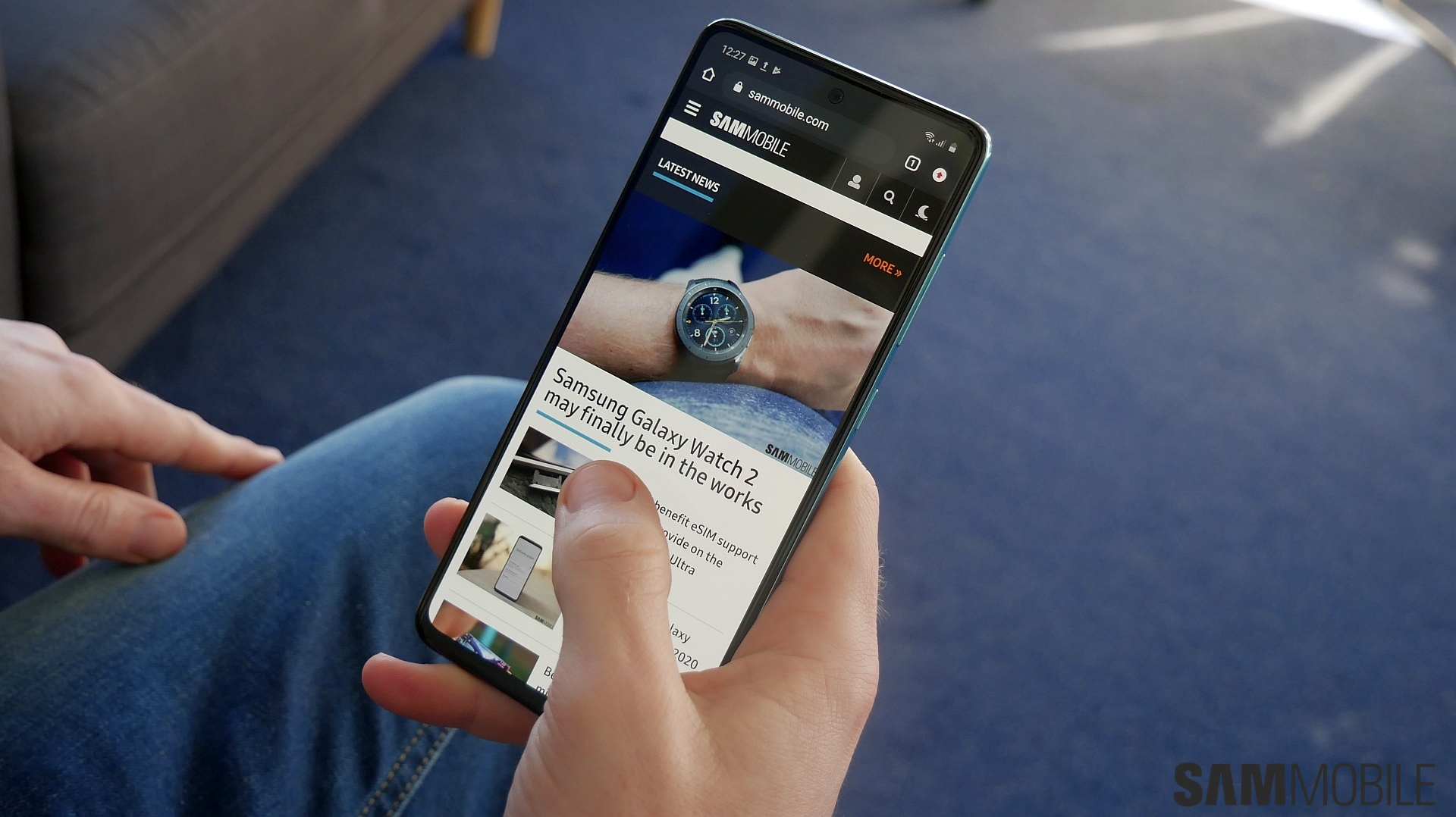
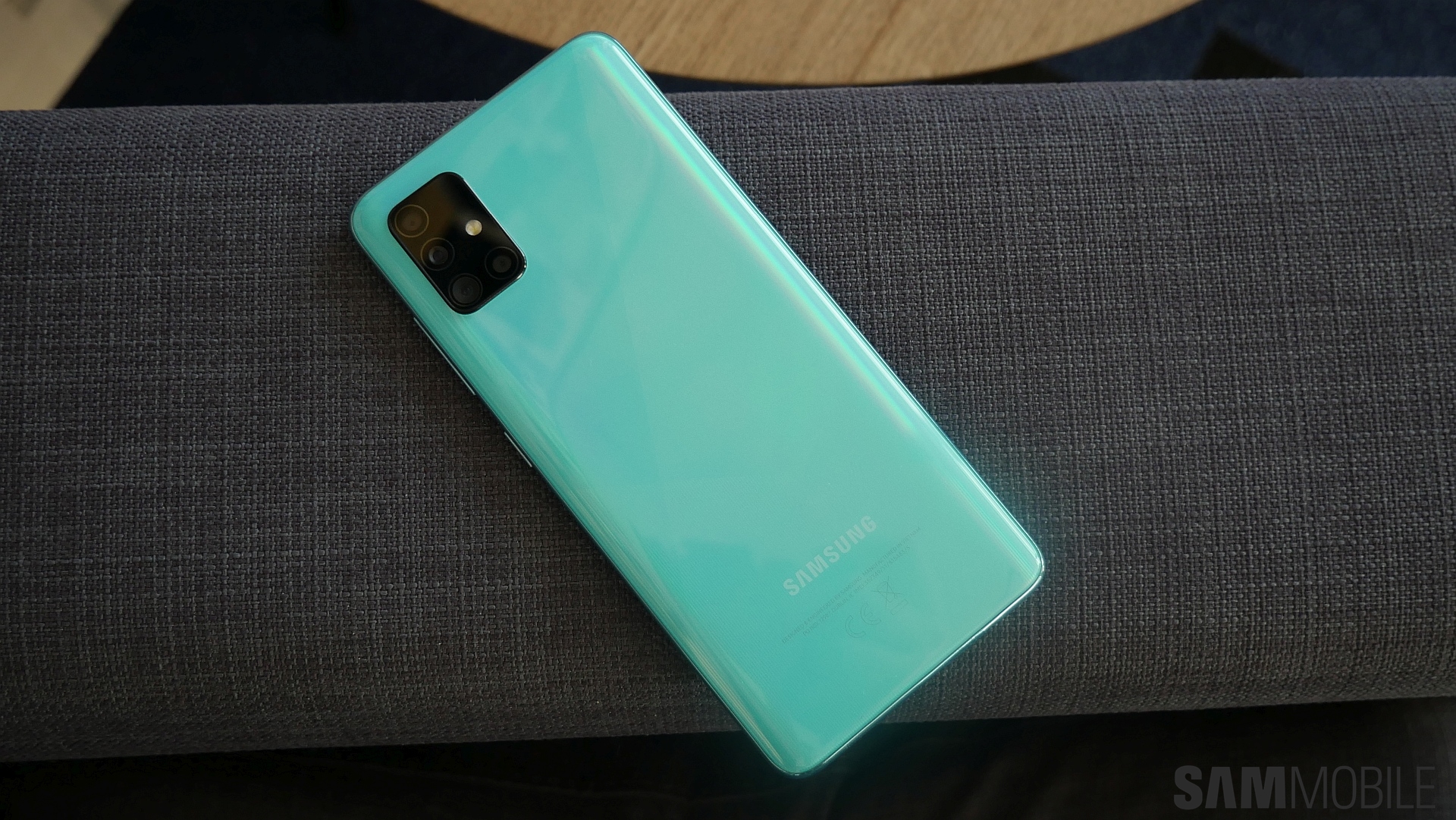
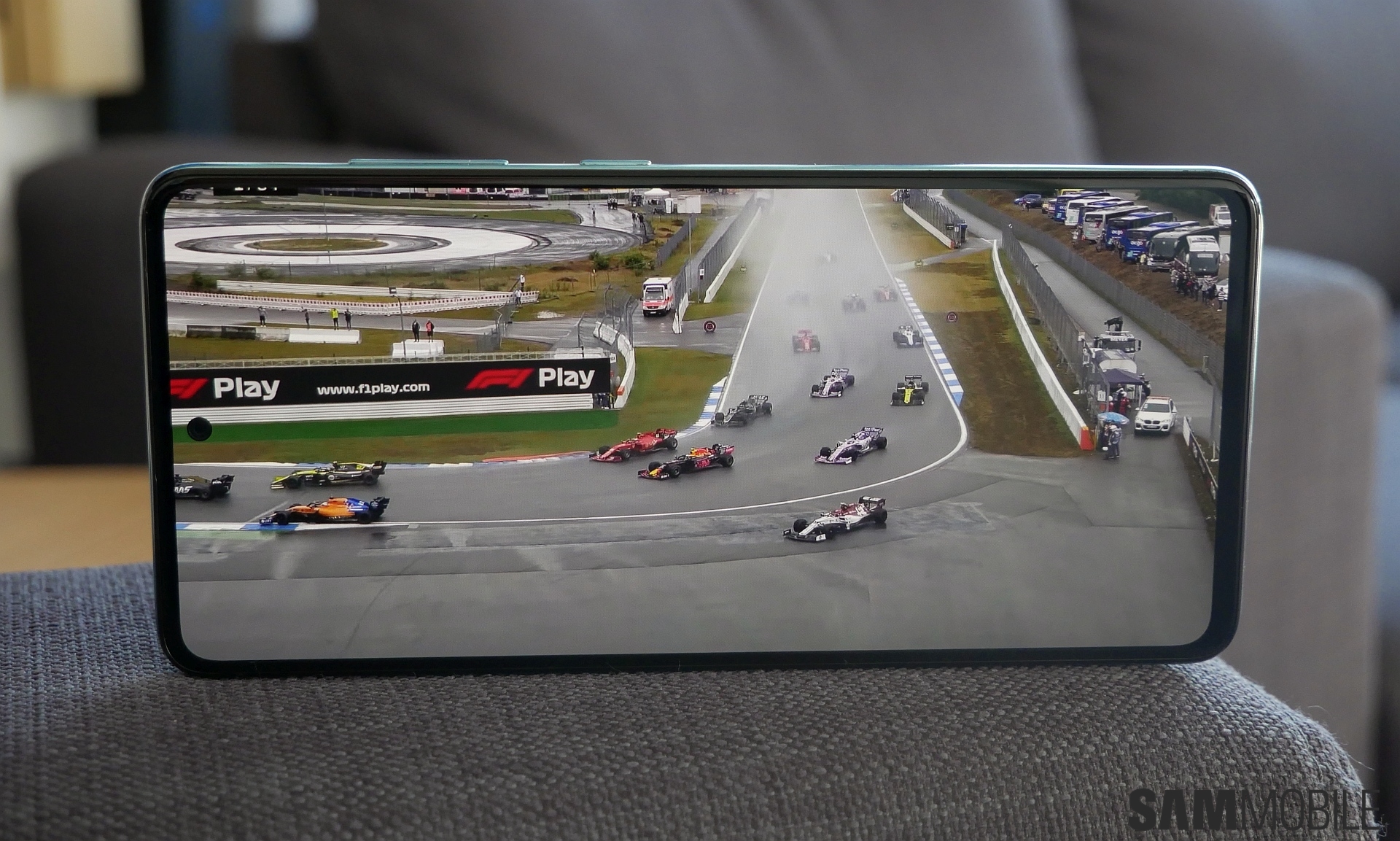
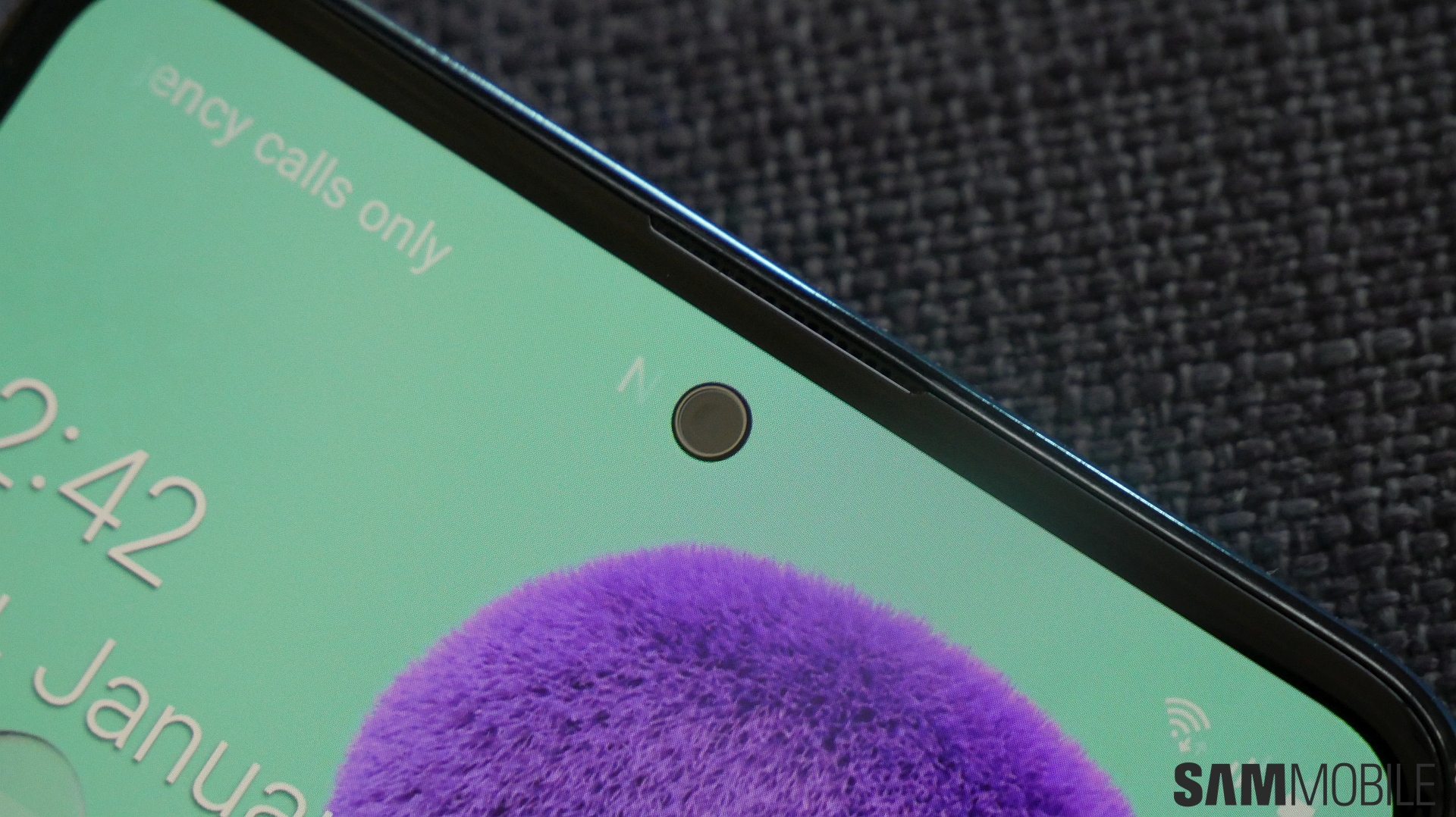
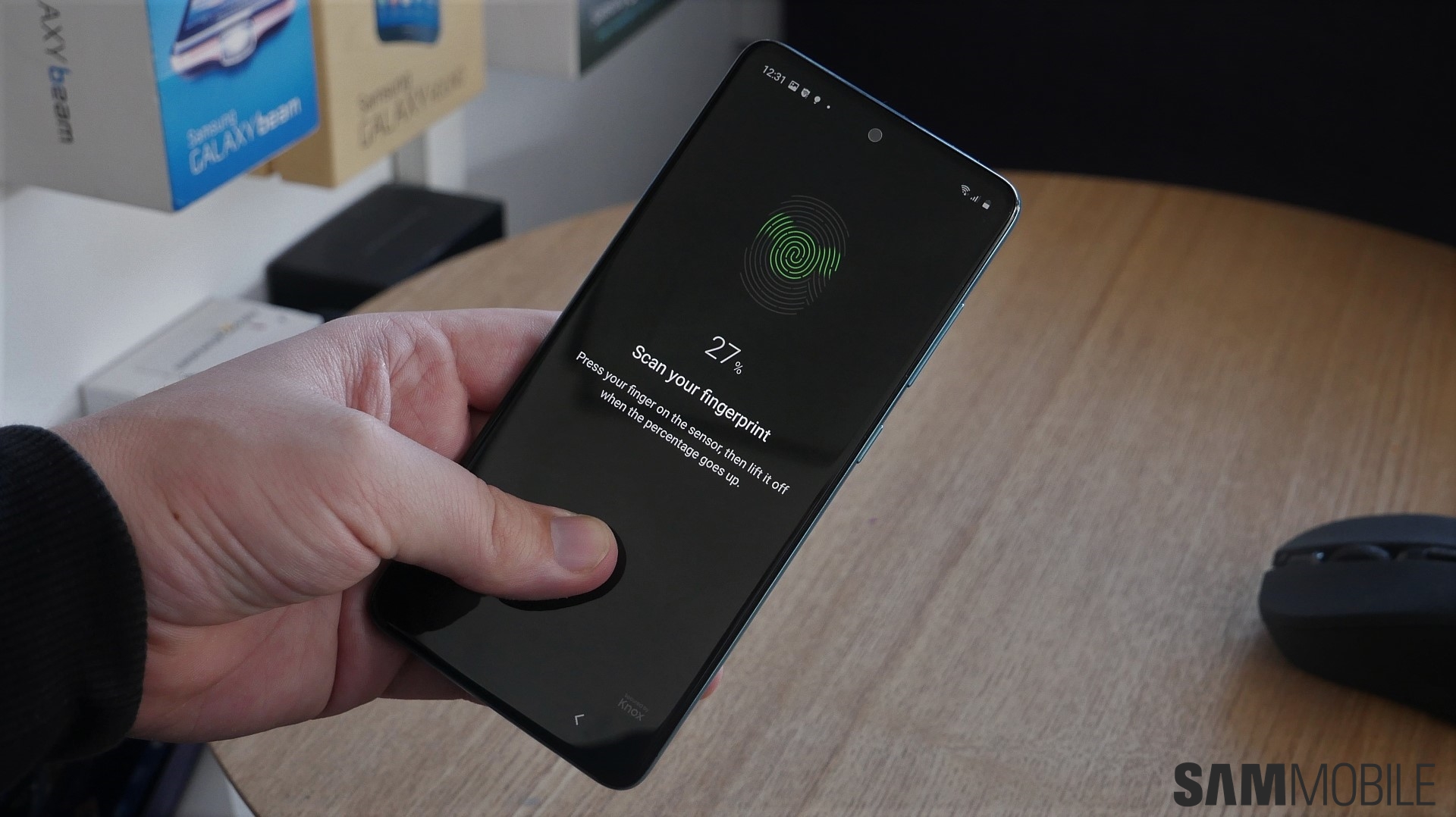
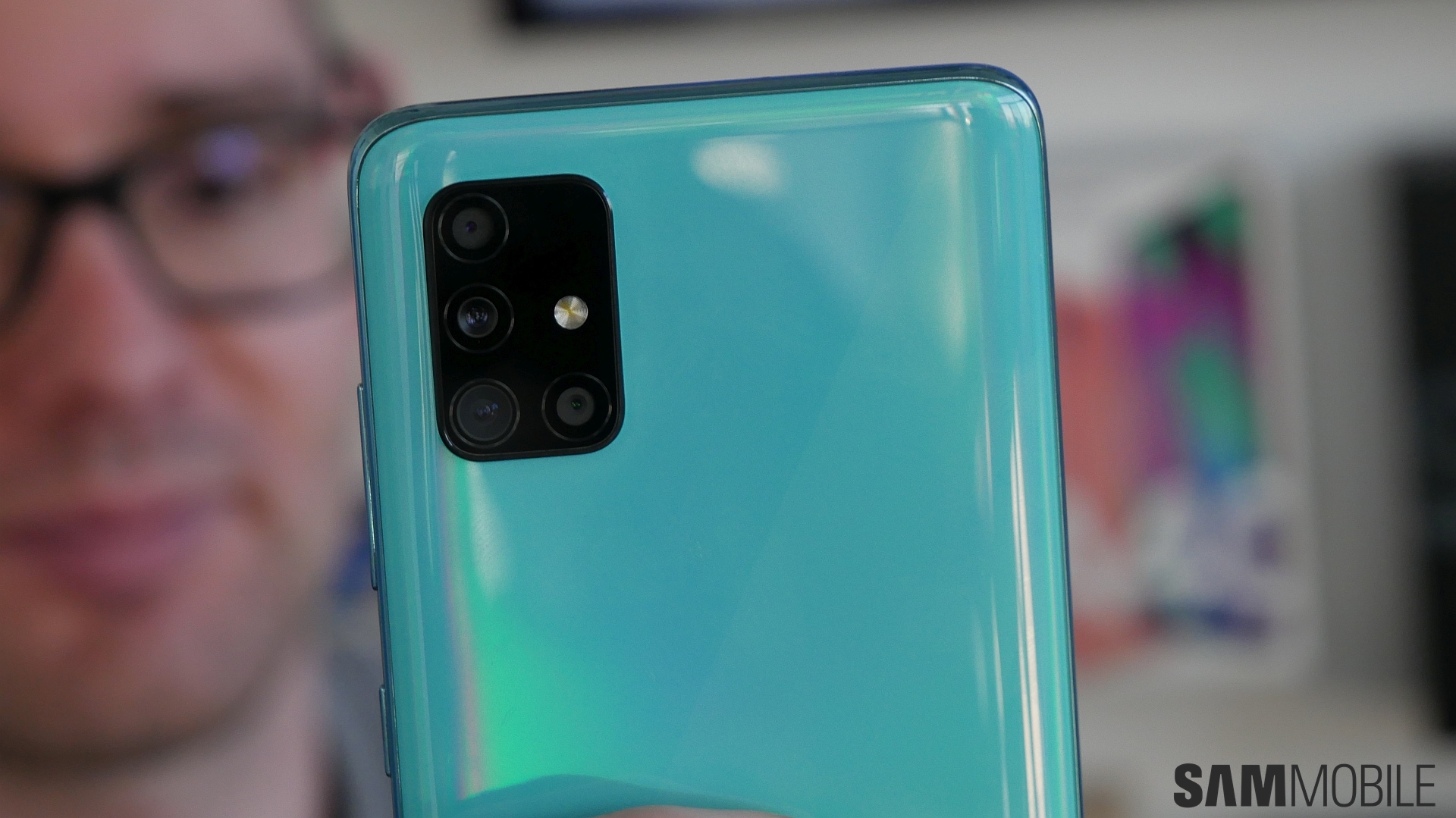



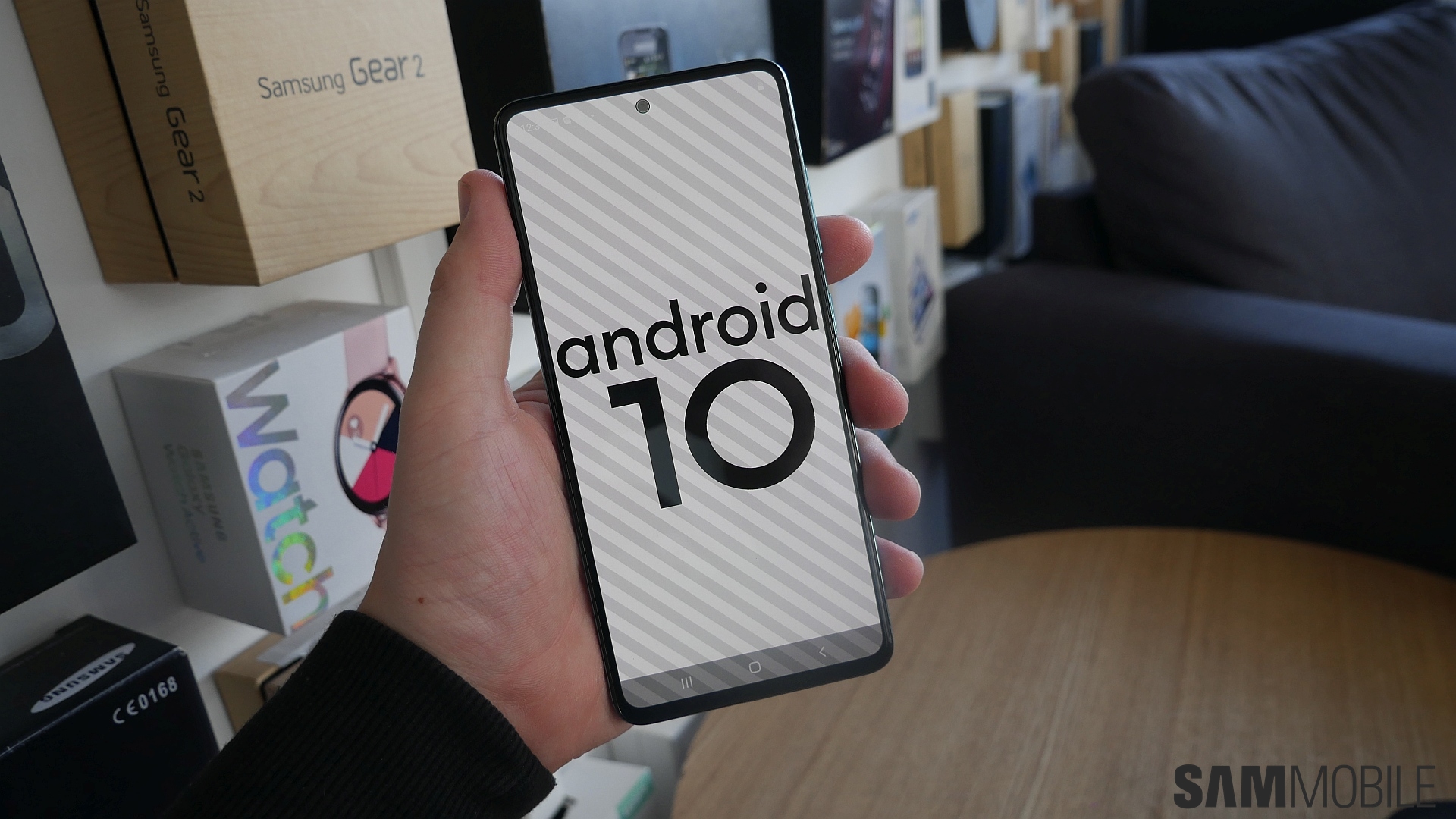
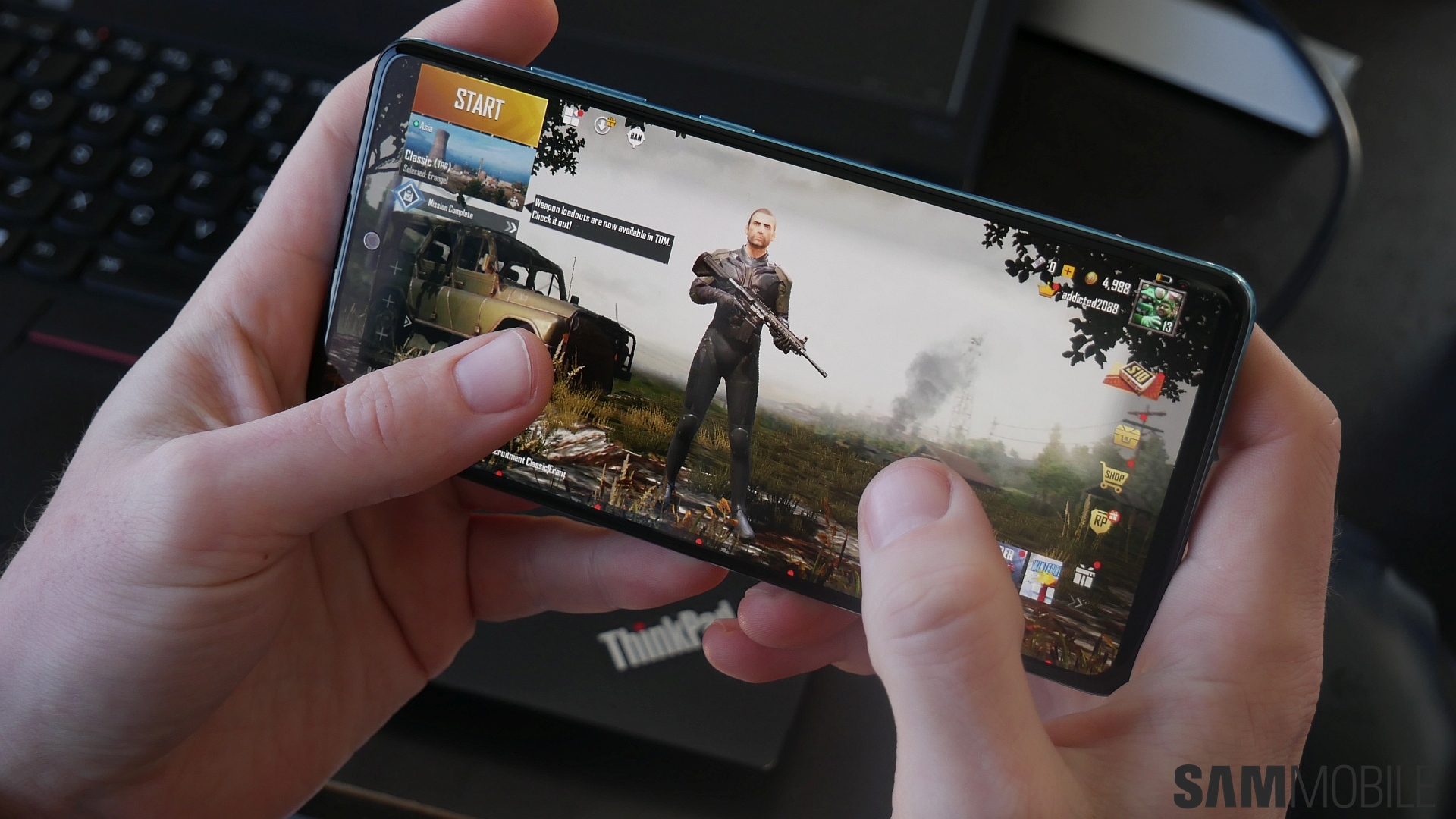
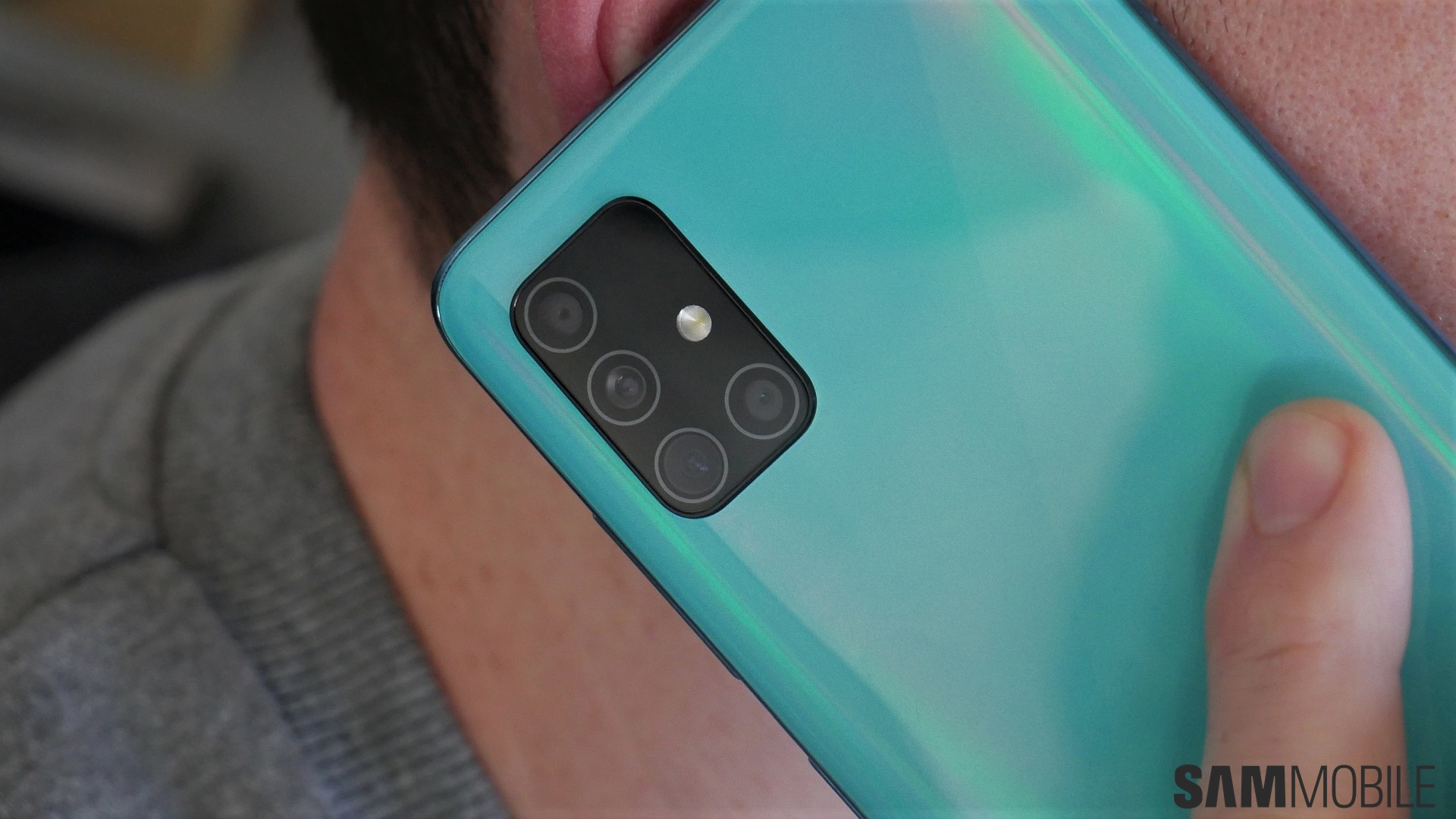
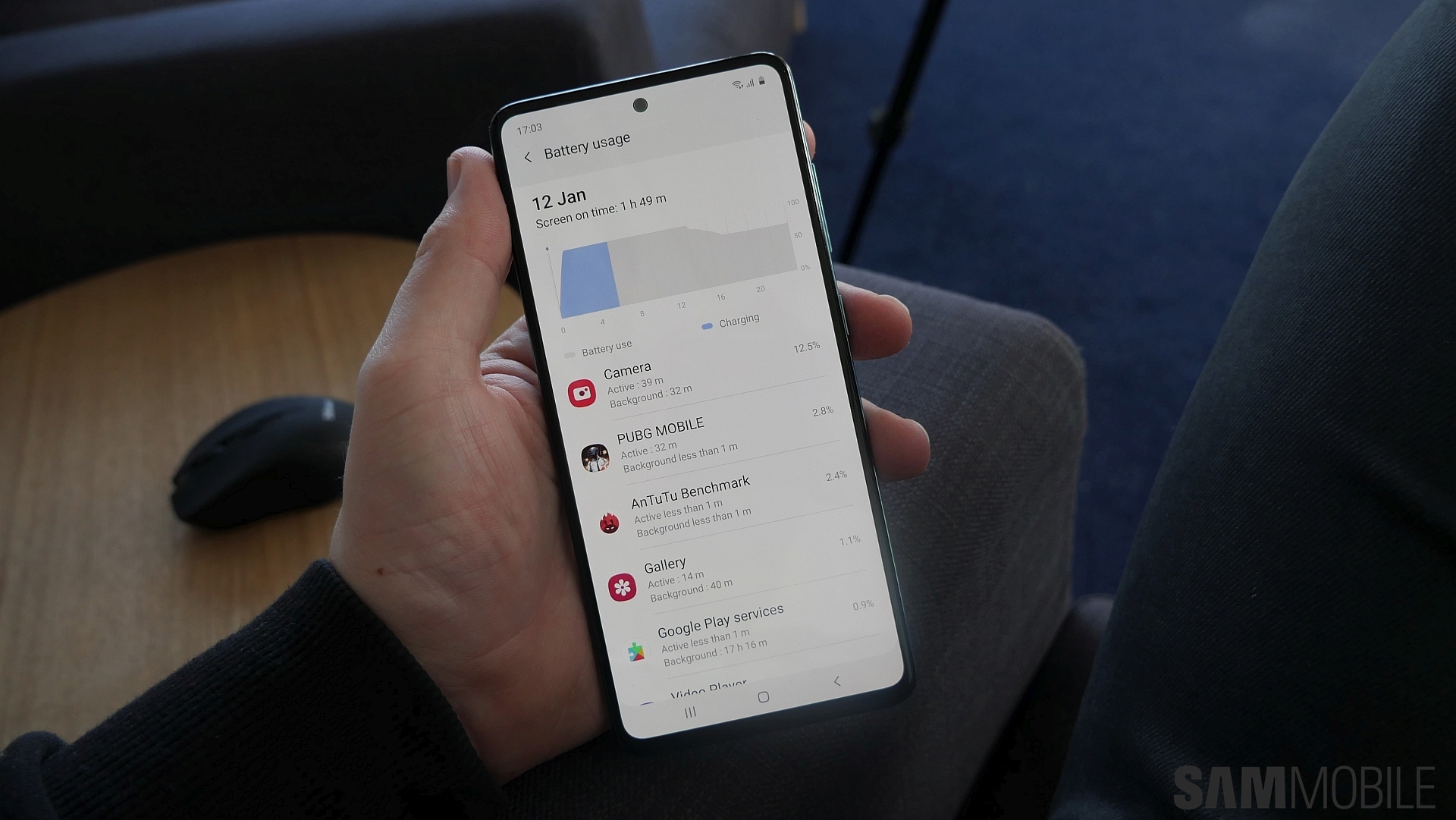
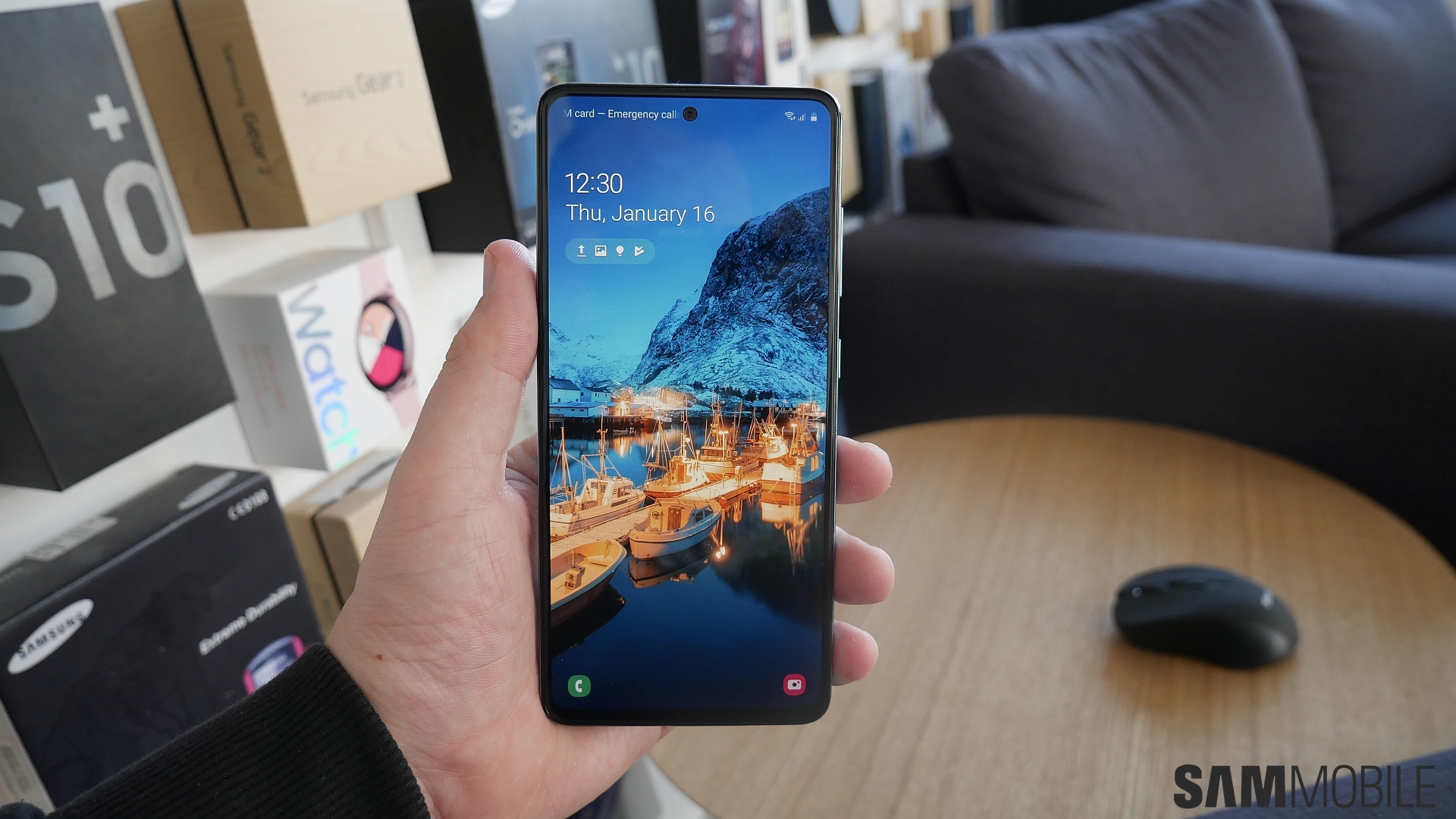




ليست هناك تعليقات:
إرسال تعليق